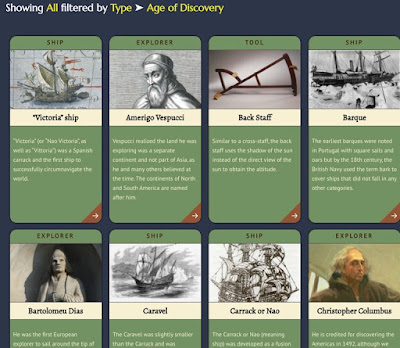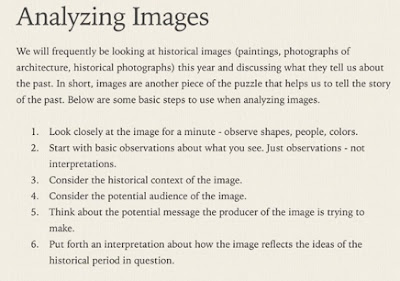Two Resources for Teaching Religion in the Classroom

Here are two great resources for incorporating religion into your curriculum. One is an excellent podcast about religion called The Classical Ideas Podcast and the other is a terrific youtube channel about religion called Religion for Breakfast . Classical Ideas Podcast Gregory J. Soden, a doctoral student in social studies education, hosts a podcast about religion. Some of his topics are ideal for the classroom. For example, Episode 74 reviews the basic beliefs , practices, important people, and specific goals of the Sikh religion . His guests are two prominent Sikhs, Dr. Harbaksh & Jasmine Sangha, and Dr. Chetan and Ranjana Hans. Another episode deals with Shintoism . Eric Lancaster is Soden's guest. He is an instructor of Japanese at the University of Missouri and an instructor of religious studies at Columbia College. Soden tackles Toaism in Episode 57 with Dr. Pablo Mendoza, Assistant to the President for Social Equity at Indiana Un...

